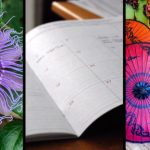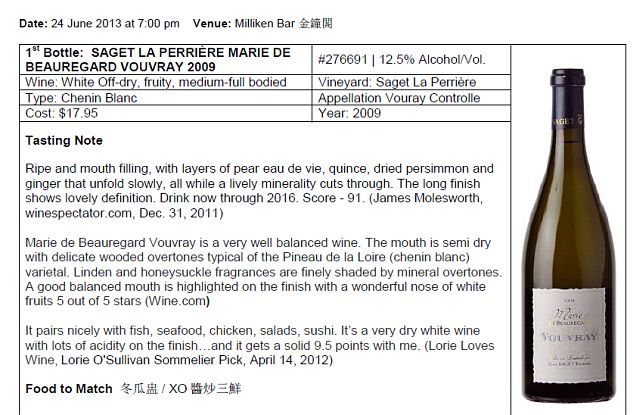Kauai is the northernmost of the Hawaiian Islands. Similar in origin to the other islands of the chain, Kauai was also formed by volcanic activities. However, being the oldest geologically, all its volcanoes are now extinct.
Also known as the “Garden Isle’ due to its plush green vegetation benefit from its abundant rain fall, this picturesque island is where many Hollywood movies and TV shows, including Avatar, Jurassic Park, Pirates of the Caribbean, Blue Hawaii, South Pacific, King Kong, among over seventy others are filmed.
Kauai is also well known for its red dirt. The volcanic soil with its high iron content was oxidized easily due to the heavy rainfall of the island and turned red over time.
Situated on the west side of Kauai, with a drop of over 3,600 feet and a width of 1 mile and a length of over 10 miles, nicknamed ‘The Grand Canyon of the Pacific’ by Mark Twain, is the magnificent Waimea Canyon. It was formed millions of years ago by an abrupt cave-in of that part of the island, with erosions eventually set in to create those majestic gorges that we see today. Lookout points around the canyon rim give you panoramic views of this wonder of nature in multitude of colours created by the exposed volcanic soil and tropical vegetation. Later in the day, the higher and cooler elevations attract more low lying clouds creating a mystic sensation of floating in the midst of the haze (in Chinese depiction 騰雲駕霧). These spectacular sceneries without doubt will take your breath away.
In the close by town of Waimea, Hawaii first came into contact with western civilisation. Royal Navy’s Captain James Cook first set foot here in 1778 and named the island chain Sandwich Islands in honour of the sponsor of his trips of discovery, the Earl of Sandwich. A statue of the Captain was erected here to commemorate this historic event.
In the south shore of Kauai is an area known as the Spouting Horn. With incoming sea water rushing through lava tubes and shooting spouts of water up over 50 feet high with a hissing sound, it is truly an amazing sight. Nearby there is a monument to Prince Jonah Kuhio Kalanianaole, a man who perhaps would be the king had the Hawaii Kingdom not been overthrown and eventually annexed by the Americans. Instead he became a 10-term U.S. Congressman.
Interesting enough, ubiquitous on this island are the roaming free range chicken. With no fear of human presence, it is a chicken here, chicken there, chicken everywhere scenario. For whale watchers, in the water of Nawiliwili Bay many hump back whales can be observed on the surface breathing and tail flapping.
 Something to think about as you sit beneath the beach umbrella, sipping a G-and-T.
Something to think about as you sit beneath the beach umbrella, sipping a G-and-T. by David Chan ’67
by David Chan ’67

![VJ70-150x150[1]](http://blog.wykontario.org/wp-content/uploads/2015/08/VJ70-150x1501.jpg)































































